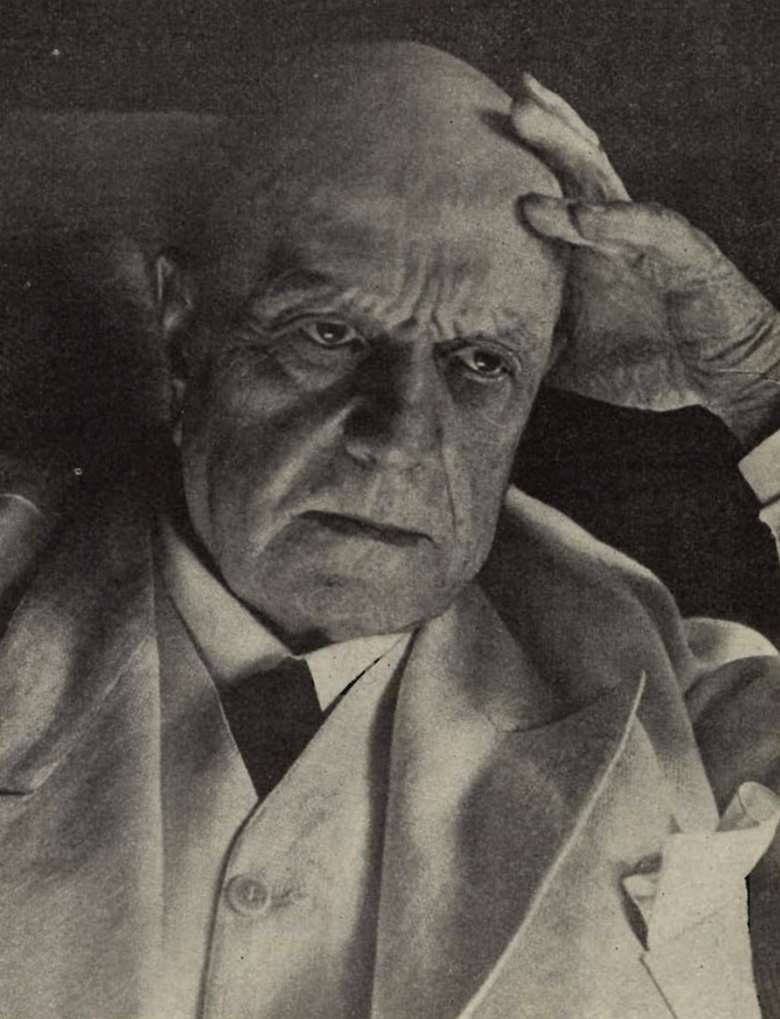Obituary: Jean Sibelius (Dec 8, 1865 - Sept 20, 1957)
Gramophone
Friday, July 24, 2015
The original Gramophone obituary from December 1957, by Harold Rutland

Register now to continue reading
Thanks for exploring the Gramophone website. Sign up for a free account today to enjoy the following benefits:
- Free access to 3 subscriber-only articles per month
- Unlimited access to our news, podcasts and awards pages
- Free weekly email newsletter








